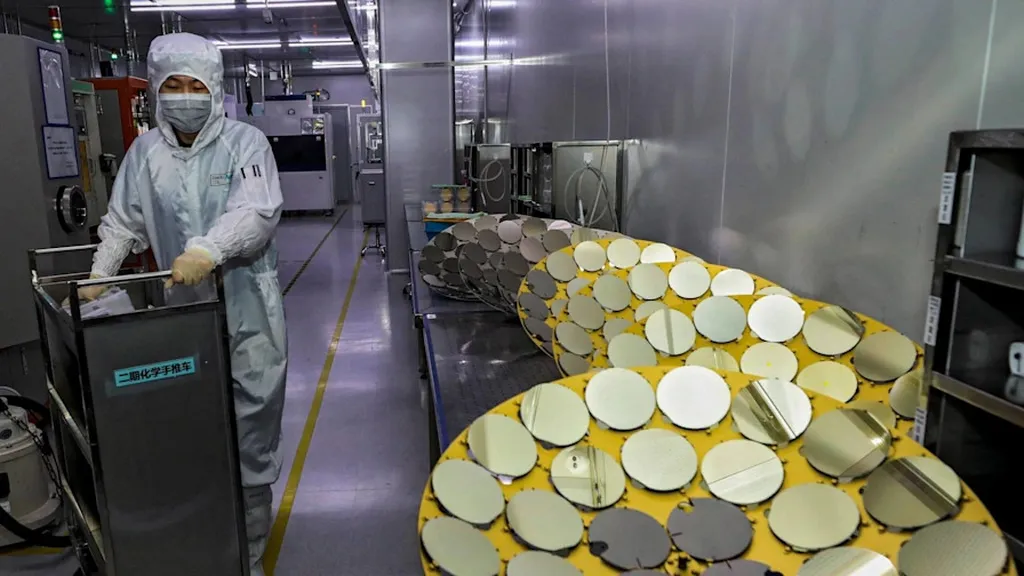In the quest for stronger, more resilient materials, a team of researchers led by Deyou Fan at the State Key Laboratory of Powder Metallurgy, Central South University in China, has made a significant breakthrough. Their work, published in the journal *Materials Research Letters* (translated as “Materials Research Letters”), sheds new light on the strengthening mechanisms of CoNiV alloys, a group of compositionally complex alloys with promising applications in the energy sector.
The study focuses on the role of chemical short-range order (CSRO) in these alloys, a phenomenon where atoms of different elements arrange themselves in a specific pattern over short distances. Using advanced characterization techniques, the team demonstrated the existence of vanadium-centered CSRO in CoNiV alloys and correlated its size with the overall strength of the material.
What makes this discovery particularly intriguing is the dual behavior of CSRO. For alloys with a vanadium content of 0.85 to 0.95, the CSRO is small, behaving like solid-solution atoms. This results in a strengthening trade-off between CSRO and solid-solution, providing only a marginal increase in strength as the vanadium content rises.
However, when the vanadium content exceeds 0.95, something remarkable happens. The CSRO grows significantly, enhancing dislocation interaction and behaving like shearable nanoprecipitates. This leads to a substantial increase in strength, over 50 MPa, a finding that could have significant implications for the energy sector.
“The sharp growth of CSRO at this threshold is a game-changer,” says Fan. “It opens up new possibilities for designing stronger, more resilient materials for use in extreme environments, such as those found in energy generation and transmission.”
The commercial impacts of this research could be profound. Stronger, more durable materials could lead to more efficient and reliable energy infrastructure, from power plants to renewable energy systems. Moreover, the insights gained from this study could extend beyond CoNiV alloys, influencing the development of other compositionally complex alloys.
As Fan notes, “This is just the beginning. Our findings provide a roadmap for future research, guiding us towards the development of next-generation materials that can withstand the harshest conditions.”
In the ever-evolving field of materials science, this research marks a significant step forward, offering a glimpse into a future where stronger, more resilient materials drive innovation and progress in the energy sector.

